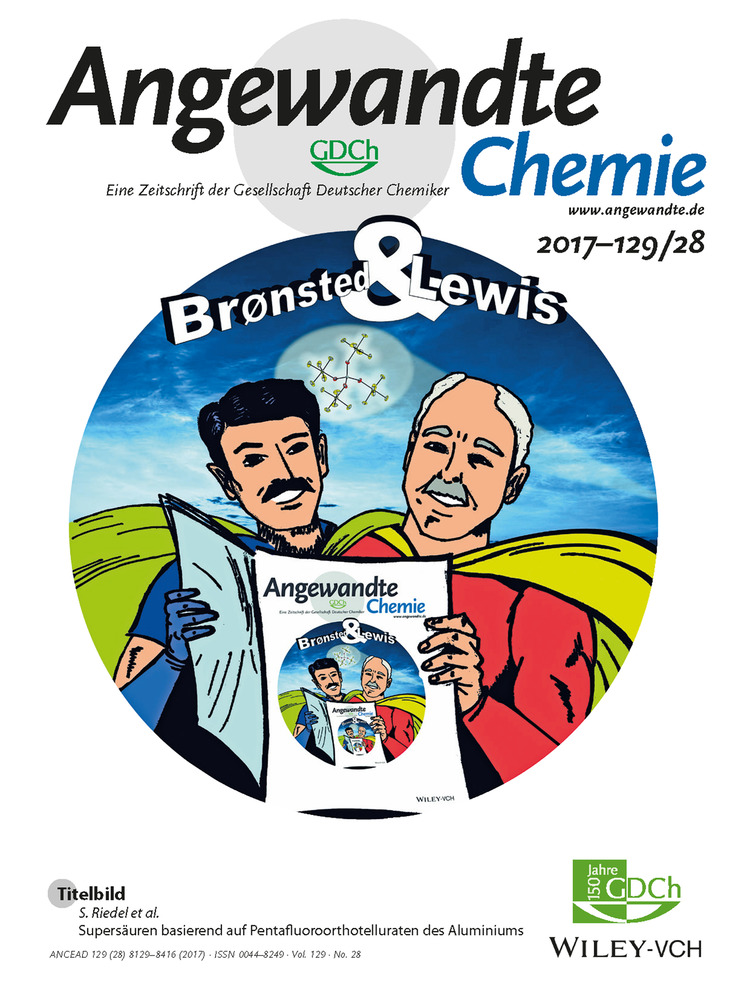Absolute Minimal Sampling of Homonuclear 2D NMR TOCSY Spectra for High-Throughput Applications of Complex Mixtures
Abstract
Modern applications of 2D NMR spectroscopy to diagnostic screening, metabolomics, quality control, and other high-throughput applications are often limited by the time-consuming sampling requirements along the indirect time domain t1. 2D total correlation spectroscopy (TOCSY) provides unique spin connectivity information for the analysis of a large number of compounds in complex mixtures, but standard methods typically require >100 t1 increments for an accurate spectral reconstruction, rendering these experiments ineffective for high-throughput applications. For a complex metabolite mixture it is demonstrated that absolute minimal sampling (AMS), based on direct fitting of resonance frequencies and amplitudes in the time domain, yields an accurate spectral reconstruction of TOCSY spectra using as few as 16 t1 points. This permits the rapid collection of homonuclear 2D NMR experiments at high resolution with measurement times that previously were only the realm of 1D experiments.




